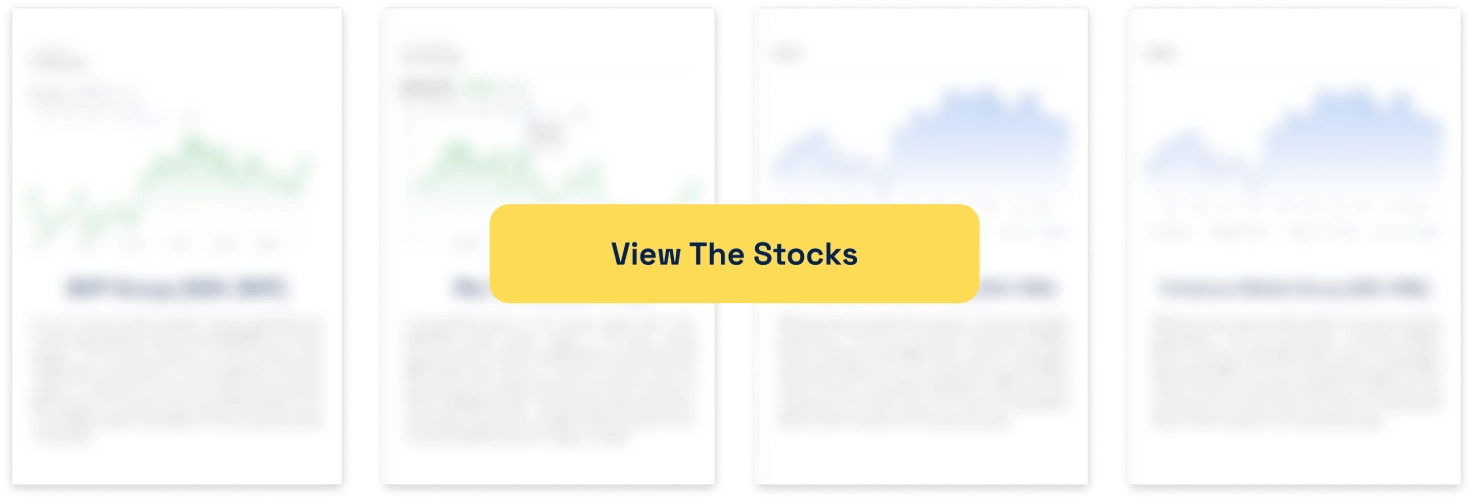Speed and Precision: Trading Approaches for Volatile Forex Markets
![]() Ujjwal Maheshwari, August 18, 2025
Ujjwal Maheshwari, August 18, 2025
Some days in the forex market feel calm, with prices drifting slowly from one level to the next. Other days, prices jump in wide bursts, reversing direction without warning. For traders, those unpredictable sessions can either be an opportunity to profit or a quick route to losses.
Volatility is not just about dramatic moves on a chart. It is about the speed of those moves, the gaps between them, and the way sentiment can shift in seconds. A trader watching live price action in a volatile session has little room for hesitation. Once a trading signal appears, the choice must be made immediately, and that choice has to be backed by a plan.
This is why trading approaches designed for calm markets often fail when conditions heat up. Methods need to be adapted, risk controls tightened, and execution sharpened to match the environment.
What are the Best ASX stocks to invest in right now?
Check our buy/sell tips
What Volatility Really Means for Traders
Volatility is a measure of how much a currency pair’s price changes within a given time. A low-volatility day might see prices stay within a narrow range. A high-volatility day might see that same pair swing hundreds of pips within hours.
The reasons for these moves can vary widely. Economic data releases, central bank decisions, political headlines, changes in commodity prices, and even sudden market rumours can trigger sharp reactions. Traders who understand these triggers can prepare in advance for likely periods of higher activity.
However, knowing that volatility is coming is only part of the equation. How you approach it determines whether you benefit from it or get caught on the wrong side.
Why Short-Term Trading Can Shine
When volatility is high, some traders shift to shorter timeframes. The advantage is simple: you are in and out before market conditions can change dramatically. A forex scalping strategy takes this to the extreme, aiming for small, rapid gains by opening and closing trades within minutes, sometimes seconds.
Scalpers thrive on movement, but only under the right circumstances. They look for highly liquid currency pairs where spreads are tight, so transaction costs stay low. They rely on fast order execution to capture fleeting price changes. Above all, they stick to precise rules for entry and exit.
Scalping is not for everyone. It requires focus, quick decision-making, and the ability to close a losing trade instantly without hesitation. Even experienced traders can find it mentally exhausting if done for long stretches.
Conditions That Make Scalping Work
- High liquidity – supports tighter spreads and cleaner price action.
- Volatile but directional markets – create opportunities without constant reversals.
- Low transaction costs – prevent small profits from being eroded.
- Accurate charting setup – enables clear identification of price patterns.
- Fast execution speed – ensures orders are filled before the market shifts.
- Defined entry and exit rules – remove hesitation and second-guessing.
These factors combine to create a trading environment where scalping can deliver consistent results. Without them, the approach can quickly become unmanageable.
Risk Management That Keeps You in the Game
Volatility can magnify profits, but it can just as easily magnify losses. This is why effective risk management is non-negotiable. Traders who survive long enough to build skill usually do so by protecting their capital first.
One widely used method is to risk a fixed percentage of account capital on each trade. This avoids the temptation to increase position sizes after a win or to “double down” after a loss. In volatile markets, position sizes often need to be smaller to account for the bigger potential swings.
Stop losses also need adjustment. Too tight, and normal fluctuations will knock you out prematurely. Too loose, and the loss can become larger than planned. Striking the balance requires testing and experience.
Some traders go further by setting a maximum daily loss limit. Once that level is reached, trading stops. This rule can feel restrictive, but it prevents emotional decisions that often lead to larger losses.
Taking a Longer View in Choppy Conditions
Not all traders want the intensity of rapid in-and-out trades. Some prefer to hold positions for several days or weeks, using volatility to get in at better prices. Swing traders often use technical analysis to identify levels where the price is likely to reverse or continue its trend. Position traders might combine those technical levels with macroeconomic forecasts to build a case for holding through the noise.
The advantage of a longer-term approach is that you are less affected by intraday whipsaws. However, patience is required, along with the discipline to wait for clear setups rather than reacting to every price spike.
Staying Sharp Mentally
Trading quickly in volatile markets is as much a psychological challenge as a technical one. Sitting at a screen for hours, monitoring every tick, can drain focus. Fatigue leads to slower reaction times and a greater risk of mistakes.
To maintain performance, traders often work in defined sessions, taking breaks away from the screen to reset. They keep detailed trade records, not just to analyse performance but to spot behavioural patterns that need adjusting. Above all, they recognise when their decision-making is slipping and have the discipline to stop for the day.
Steps to Stay Precise Under Pressure
- Plan ahead – check the economic calendar and note potential market-moving events.
- Limit distractions – ensure full attention is on the market during trading sessions.
- Focus on fewer instruments – tracking too many pairs increases the chance of missed signals.
- Review results daily – spot recurring mistakes and correct them quickly.
- Control trading hours – set defined start and end times to avoid fatigue.
- Adapt position sizing – scale exposure based on current volatility.
- Avoid emotional re-entry – resist the urge to jump back in after a loss without a clear setup.
These habits may not grab attention like a big winning trade, but they form the foundation of consistent results.
Timing the Market Without Chasing It
In volatile conditions, the temptation is to enter a trade as soon as movement begins. But chasing price often leads to poor entries. Skilled traders wait for confirmation, whether it is a technical breakout, a reaction to news, or a reversal at a key level.
This patience can be the difference between catching a sustained move and being caught in a false breakout. Some of the best opportunities come during overlaps of major market sessions, when liquidity and volatility are both high.
Why Consistency Beats Aggression
Trading aggressively might deliver short-term gains, but without consistency, those gains rarely last. Traders who perform well over time usually operate within a defined framework, adjusting it as markets change but not abandoning it after a losing trade.
Consistency means sticking to tested strategies, keeping risk under control, and treating each trade as part of a larger process. This mindset reduces the urge to take unnecessary risks simply to recover a loss.
Finding the Right Trading Partner
Even the best plan is only as good as the execution. Market access, order speed, and pricing can make a noticeable difference in volatile conditions.
Many traders look to brokers like ThinkMarkets for competitive spreads, fast execution, and reliable market data, especially when trading styles depend on quick precision.
Having dependable infrastructure is not just about comfort; it directly affects profitability when every second counts.
Steady Thinking in Unsteady Markets
Volatile forex markets can be intimidating, but they also create possibilities that calmer markets do not. Whether your preference is the rapid pace of scalping or the measured patience of longer-term positions, success depends on matching your approach to both the market and your own strengths.
Speed matters, but so does discipline. The traders who tend to last are those who adapt without abandoning their core methods, manage risk relentlessly, and treat every trade as part of a long-term plan!
Blog Categories
Get Our Top 5 ASX Stocks for FY26
Recent Posts
Javelin Minerals Jumps 2,900 Percent on Capital Consolidation
A Sharper Share Register Sets Javelin Minerals Up for Its Next Corporate Stage Javelin Minerals (ASX: JAV) surged an extraordinary…
Why Are Droneshield Shares Dropping and Should You Be Worried
DroneShield Selloff Tests Nerves, But Fundamentals Tell a Different Story DroneShield (ASX: DRO) experienced a sharp selloff this morning that…
Straker (ASX:STG): After a difficult few years, could AI be a major growth catalyst?
Is Straker (ASX:STG) just one of those companies using the term ‘AI’ just to attract attention when nothing else is…



